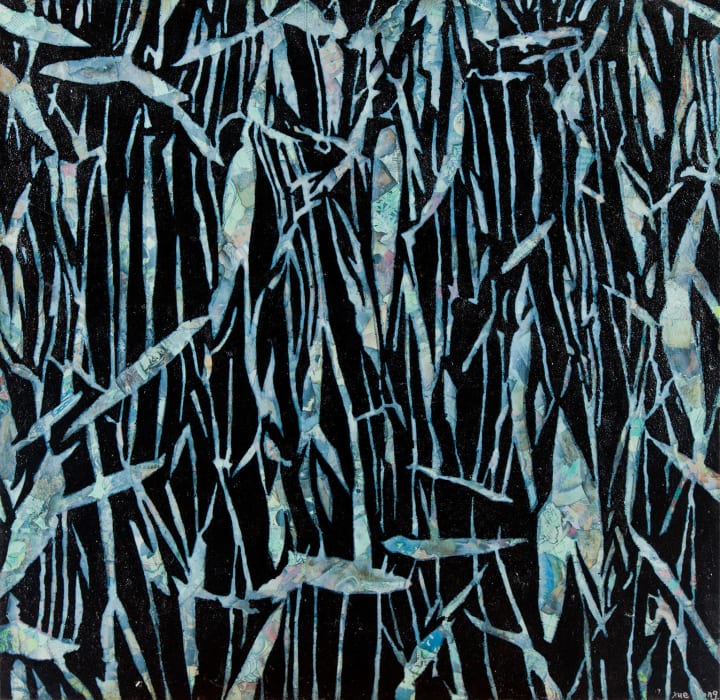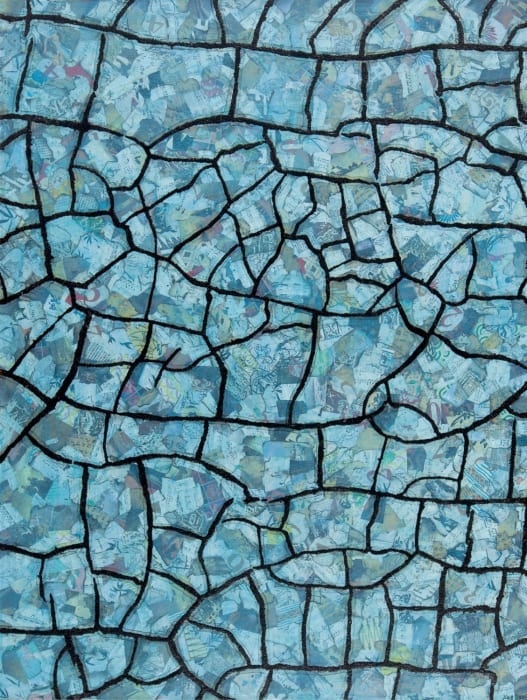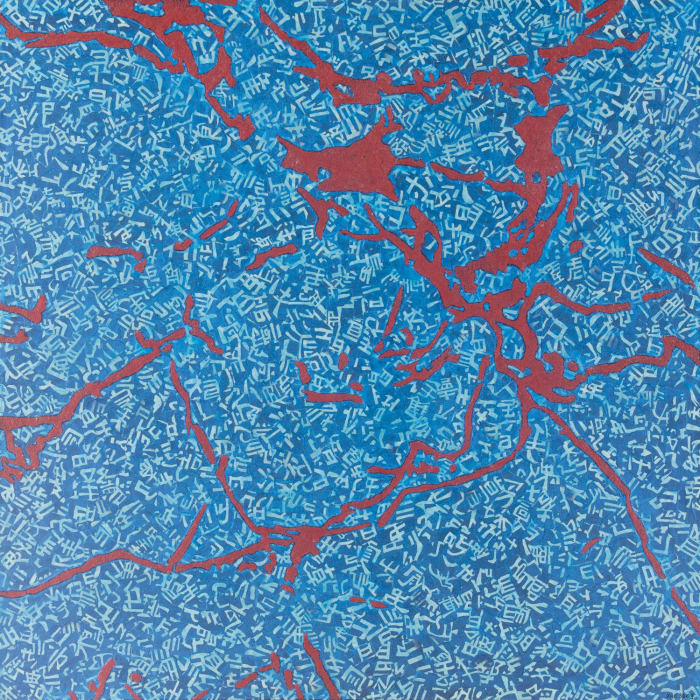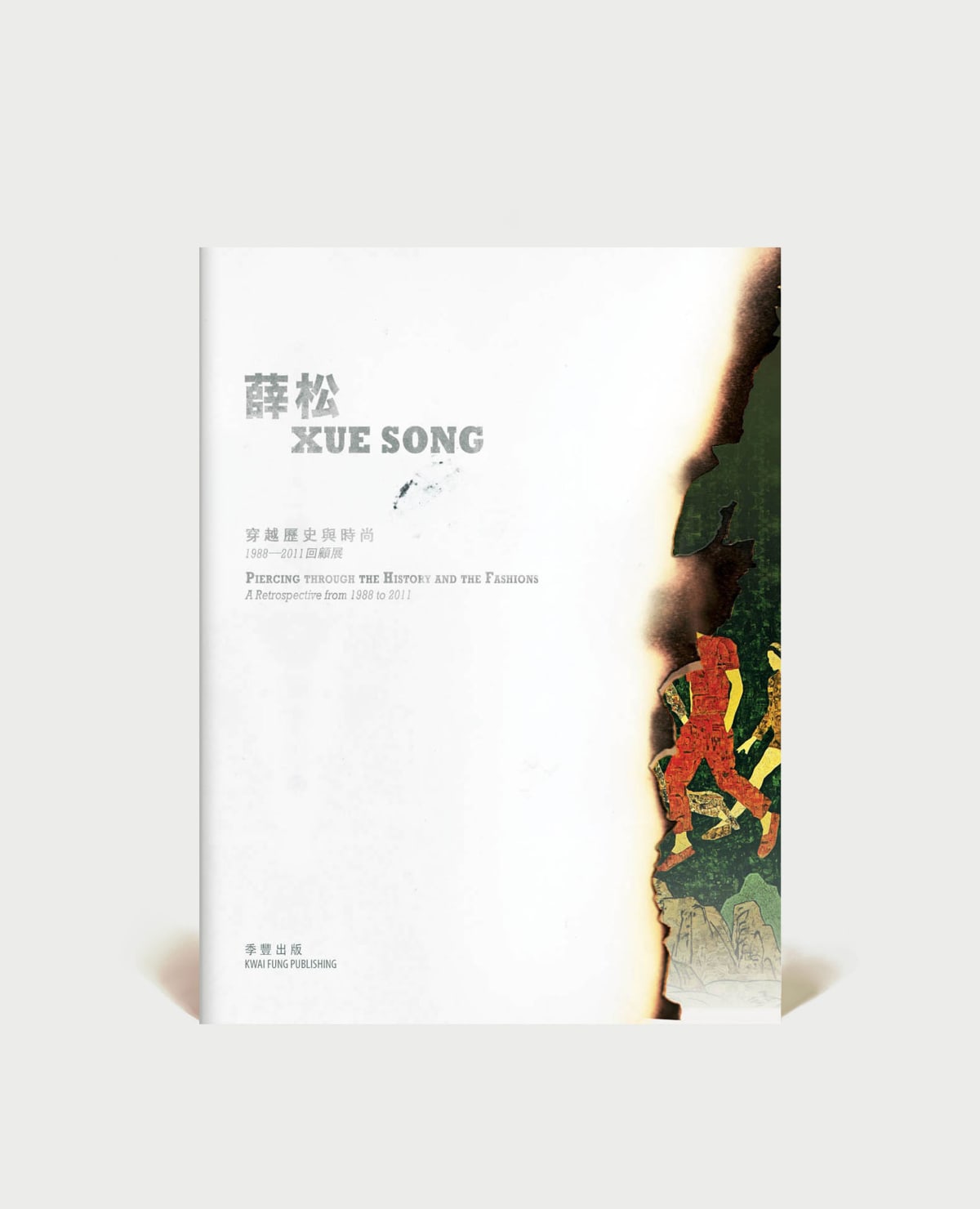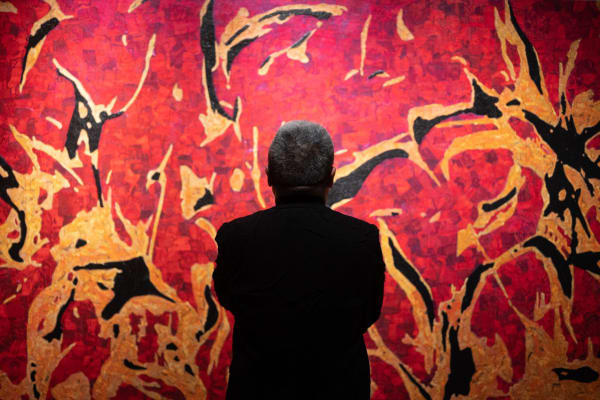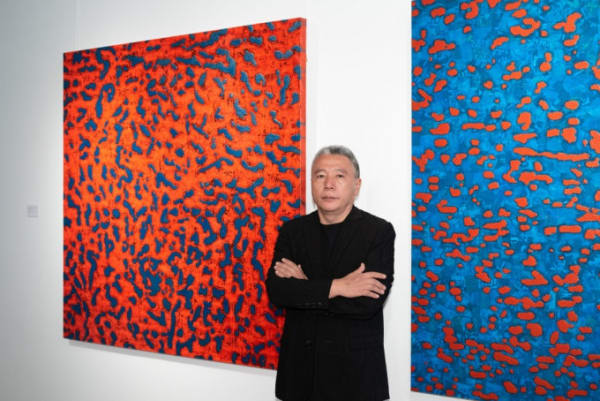Xue Song 薛 松 b. 1965
Biography
Xue Song was born in Anhui, China in 1965, and graduated in 1988 from the Shanghai Theatre Academy's Department of Stage Design. One of the key artists of the Chinese Pop Art movement, Xue Song's work is also representative of the "New Shanghai School". His art traverses East and West, historical memory and reality, as well as traditional culture and contemporary viewpoints.
Xue Song's initial artistic experiments began in the 1980s, a time when China was rapidly transforming and opening up to the world, and the modernisation of its art world was in full swing. Ideas that challenged traditional aesthetics, such as Pop Art, inspired many Chinese artists. Influenced by the early collage works of Robert Rauschenberg (1925-2008), Xue Song began to experiment with collage in his graduation year, and his early works were predominantly executed in abstract and expressionist styles.
A studio fire accident in 1991 was the turning point for Xue Song's artistic career. Fire and collage consequently became his trademark techniques, with flames and ashes used to transform disparate printed fragments into an image that addresses wider issues such as society, politics, tradition, humanities, fashion and aesthetics. The paradox between the microscopic and the macroscopic, as well as the tension between form and content, creates a dramatic vacillation between alienation and metamorphosis in Xue Song's paintings. His works simultaneously deconstruct and reconstruct the essence of painting itself.
At the turn of the 21st century, Xue Song's creations returned to their abstract roots, but remained richly expressive in reasoning and emotion, philosophy and poetry, geometric and calligraphic abstraction.
Xue Song has been honoured with solo exhibitions at prominent institutions such as Shanghai Art Museum, Shanghai's Long Museum, Shanghai's Powerlong Art Museum, Xi'an Art Museum, Singapore's Museum of Contemporary Arts, and Tokyo's Ueno Royal Museum.
His works form part of important collections, including the National Art Museum of China, Shanghai Art Museum, Shanghai's Long Museum, Hong Kong's M+, Boston's Museum of Fine Arts, USC Pacific Asia Museum, Bonn Museum of Modern Art, Switzerland, the Guy & Myriam Ullens Foundation, the Uli Sigg Collection, Bill & Melinda Gates Foundation, Fondation Cartier, Coca-Cola's Asia Pacific headquarters, JP Morgan's Asia Pacific headquarters, UBS and MGM Cotai.
Works
-
 Symbols Series《有符號的山水》, 2006
Symbols Series《有符號的山水》, 2006 -
 Star (Blue)《星》, 2006
Star (Blue)《星》, 2006 -
 Star (Pink)《星》, 2006
Star (Pink)《星》, 2006 -
 Rising Sun《旭日東升》, 2007
Rising Sun《旭日東升》, 2007 -
 Mah-jong《麻將》, 2007
Mah-jong《麻將》, 2007 -
 Walking in the Cloud《雲中漫步》, 2009
Walking in the Cloud《雲中漫步》, 2009 -
 Landscape of Tranquility《靜觀》, 2011
Landscape of Tranquility《靜觀》, 2011 -
 From Jieziyuan Painting Collection to Mark Rothko No.8《羅斯科上的芥子園之八》, 2012
From Jieziyuan Painting Collection to Mark Rothko No.8《羅斯科上的芥子園之八》, 2012 -
 From Jieziyuan Painting Collection to Mark Rothko No.3《羅斯科上的芥子園之三》, 2012
From Jieziyuan Painting Collection to Mark Rothko No.3《羅斯科上的芥子園之三》, 2012 -
 A Dialogue with the Master No. 3 - Malevich《與大師對話之三 - 馬列維奇》, 2013
A Dialogue with the Master No. 3 - Malevich《與大師對話之三 - 馬列維奇》, 2013 -
 A Dialogue with the Master No. 8 - Damien Hirst《與大師對話之八 - 達明安.赫斯特》, 2013
A Dialogue with the Master No. 8 - Damien Hirst《與大師對話之八 - 達明安.赫斯特》, 2013 -
 Meta - Calligraphy《文字遊戲》, 2013
Meta - Calligraphy《文字遊戲》, 2013 -
 Landscape Cola《山水 - 可樂》, 2014
Landscape Cola《山水 - 可樂》, 2014 -
 Brushstrokes《筆觸》, 2020
Brushstrokes《筆觸》, 2020 -
 The Dao from Nature Series No.7 《法自然系列 (七)》, 2020
The Dao from Nature Series No.7 《法自然系列 (七)》, 2020 -
 Ice Crack《冰裂紋》, 2020
Ice Crack《冰裂紋》, 2020 -
 The Dao from Nature Series No.6 《法自然系列 - (六)》, 2020
The Dao from Nature Series No.6 《法自然系列 - (六)》, 2020 -
 The Four Gentlemen – Plum Blossom, Orchid, Chrysanthemum, Bamboo《四君子—梅、蘭、菊、竹》, 2020
The Four Gentlemen – Plum Blossom, Orchid, Chrysanthemum, Bamboo《四君子—梅、蘭、菊、竹》, 2020 -
 The Dao from Nature Series - Rhythm《法自然系列 - 韻律》, 2021
The Dao from Nature Series - Rhythm《法自然系列 - 韻律》, 2021 -
 The Dao from Nature Series - Texture《法自然系列 - 紋理》, 2021
The Dao from Nature Series - Texture《法自然系列 - 紋理》, 2021 -
 The Dao from Nature Series - Song Porcelain《法自然系列 - 宋瓷》, 2021
The Dao from Nature Series - Song Porcelain《法自然系列 - 宋瓷》, 2021 -
 The Dao from Nature Series - Pattern (1)《法自然系列 - 紋 (一)》, 2021
The Dao from Nature Series - Pattern (1)《法自然系列 - 紋 (一)》, 2021 -
 The Dao from Nature Series - Speckle (1)《法自然系列 - 斑點 (一)》, 2021
The Dao from Nature Series - Speckle (1)《法自然系列 - 斑點 (一)》, 2021 -
 The Dao from Nature Series - Speckle (2)《法自然系列 - 斑點 (二)》, 2021
The Dao from Nature Series - Speckle (2)《法自然系列 - 斑點 (二)》, 2021 -
 The Dao from Nature Series - Spring《法自然系列 - 春》, 2021
The Dao from Nature Series - Spring《法自然系列 - 春》, 2021 -
 The Dao from Nature Series - Summer《法自然系列 - 夏》, 2021
The Dao from Nature Series - Summer《法自然系列 - 夏》, 2021 -
 The Dao from Nature Series - Autumn《法自然系列 - 秋》, 2021
The Dao from Nature Series - Autumn《法自然系列 - 秋》, 2021 -
 The Dao from Nature Series - Winter《法自然系列 - 冬》, 2021
The Dao from Nature Series - Winter《法自然系列 - 冬》, 2021 -
 The Dao from Nature Series - Old Bricks《法自然系列 - 老磚》, 2021
The Dao from Nature Series - Old Bricks《法自然系列 - 老磚》, 2021 -
 The Dao from Nature Series - Bamboo (1)《法自然系列 - 竹(一)》, 2021
The Dao from Nature Series - Bamboo (1)《法自然系列 - 竹(一)》, 2021 -
 The Dao from Nature Series - Fire《法自然系列 - 火》, 2022
The Dao from Nature Series - Fire《法自然系列 - 火》, 2022 -
 The Dao from Nature Series - Waves《法自然系列 - 浪花》, 2022
The Dao from Nature Series - Waves《法自然系列 - 浪花》, 2022 -
 The Dao from Nature Series – Calm Tides《法自然系列 - 風平浪靜》, 2022
The Dao from Nature Series – Calm Tides《法自然系列 - 風平浪靜》, 2022 -
 The Dao from Nature – Landscape《法自然 - 山水》, 2022
The Dao from Nature – Landscape《法自然 - 山水》, 2022
Artistry
Expressionism, Collage and the Abstract Expressionist Period (1988-1993)
Xue Song's artistic career began in 1988. Abandoning traditional realism, his early works were predominantly expressionist and abstract in style. Visiting his studio after its destruction by fire in 1990, Xue Song saw ashes scattered throughout the ruins. It inspired a new creative method that mixed ashes with paint and collaged images to form a wholly new visual style. The works of this period were still largely abstract in nature.
Cultural Pop (1994 onwards)
Xue Song keenly grasped the significance of China's opening to the outside world and the rise of its metropolises in the late 1990s. Influenced by globalism and consumerist culture, he introduced Pop Art techniques and collaged incinerated printed scraps to create his images. His technical contributions to the technique of collage have enriched and developed the visual lexicon of Pop Art. The readymade images and texts appropriated by Xue Song cover a wide range of important contemporary social themes, objects and topics, presenting a cultural and humanist form of Pop Art that has received widespread acclaim.
New Landscapes (1997 onwards)
Landscapes are an enduring element of traditional Chinese art. Xue Song transformed landscapes into a formal framework, utilising Pop visual language to address different subjects such as Western art history, Chinese calligraphy, urban landscapes, and contemporary popular imagery. The contours of the landscape are delineated by diverse collaged elements, which unite to portray a multi-dimensional reality that is both global and local, an implicit reflection of the "glocalisation" of Chinese urban culture today, namely the globalisation of the local and the localisation of the global. These two forces act both in opposition to and in harmony with each other.
Dialogue between the East and West (2000 onwards)
The interdependence of China and the West is a sensitive and controversial topic in the story of China's modernisation. Xue Song uses a mix of collage and montage techniques to reflect on the relationship between the two powers in this series. The series presents the duality of the contemporary Chinese spiritual world, the symbiotic relationship between Chinese and Western cultural ideas, as well as the connections between the traditional and the contemporary, and the elites and the masses.
Text and Calligraphy (2002 onwards)
The "Text and Calligraphy" series not only revisits Xue Song's early text collage works, but also signals his long-term fascination with the integration of Chinese and Western cultures, and marks his return to abstraction. The mutual referencing and transformation of abstraction and calligraphy particularly fascinates the artist.
Metropolis (2005 onwards)
Xue Song's "Metropolis" series focuses on the replacement of old and new urban landscapes, and observes people's joy, confusion, dreams and losses amidst drastic changes engendered by China's rapid urbanisation at the end of the 20th century. These works also echo the way European artists collaged urban imagery in the 1920s.
The Dao from Nature (2019 onwards)
"The Dao from Nature" can be understood as Xue Song's return to the abstraction and expressionism of his earlier works. Born in Dangshan, Xue Song experienced a childhood in close proximity to nature, and was also influenced by the Daoist philosophy of Zhuangzi. After experiencing urban prosperity and the culture of consumerism referenced by Pop Art, this series represents the artist's return to nature and re-integration of organic elements with Pop Art.
CV
Exhibitions
-
Xue Song: Meta-Nature
Shenzhen Museum of Contemporary Art & Urban Planning 25 Mar - 29 Jun 2025Shenzhen Museum of Contemporary Art & Urban Planning proudly presents Meta-Nature, a major solo exhibition by Xue Song, co-organized by Kwai Fung Hin Art GalleryRead more -

From Landscape to Landscapes
Alliance Française de Singapour 6 - 27 Sep 2024Kwai Fung Hin is pleased to announce its debut exhibition in Singapore, From Landscape to Landscapes, a group exhibition that brings together works by artists...Read more -

In Search of Dao – the Latest Works of Xue Song
Kwai Fung Hin Art Gallery 6 Sep - 15 Nov 2022Read more
Publications
News
Press
Events
-

Booth C01丨KWAI FUNG HIN AT TOKYO GENDAI 2024
4 - 7 Jul 2024Kwai Fung Hin Art Gallery is thrilled to announce its debut at Tokyo Gendai art fair this year. The gallery will showcase a diverse and...Read more -
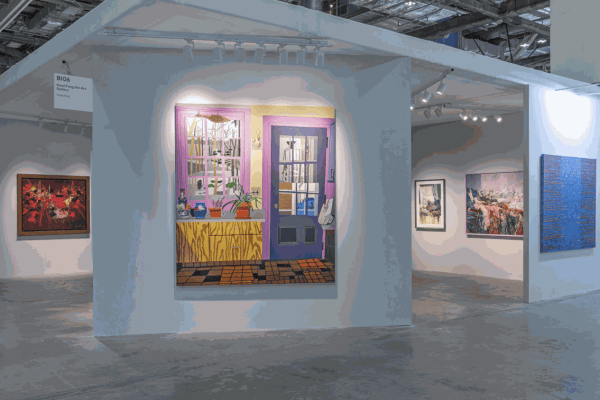
Booth BI06 丨 Art SG 2023
11 - 15 Jan 2023Kwai Fung Hin Art Gallery's presentation at ART SG unites eight preeminent artists, Ziad Dalloul, Piero Dorazio, Li Huayi, Lalan, Georges Mathieu, Nicolas Party, Xue Song and Jonas Wood.Read more
Art Fairs
-
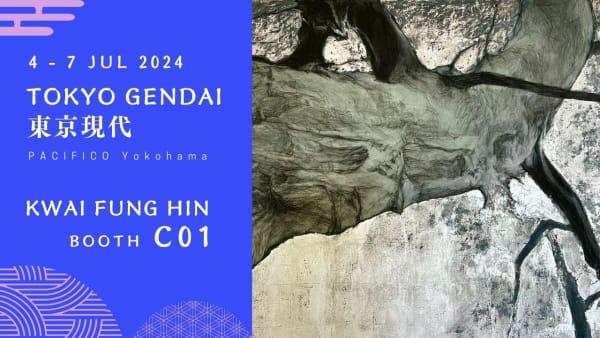
Booth C01丨KWAI FUNG HIN AT TOKYO GENDAI 2024
4 - 7 Jul 2024Kwai Fung Hin Art Gallery is thrilled to announce its debut at Tokyo Gendai art fair this year. The gallery will showcase a diverse and...Read more -

Booth D13 丨 Taipei Dangdai Art & Ideas 2023
11 - 14 May 2023Kwai Fung Hin Art Gallery is delighted to participate in the Taipei Dangdai Art & Ideas for the first time, with a curation of important artworks from gallery's represented artists, demonstrating extensive cultural experiences and global perspectives, which bridge the West and the East in fresh and remarkable ways.Read more -
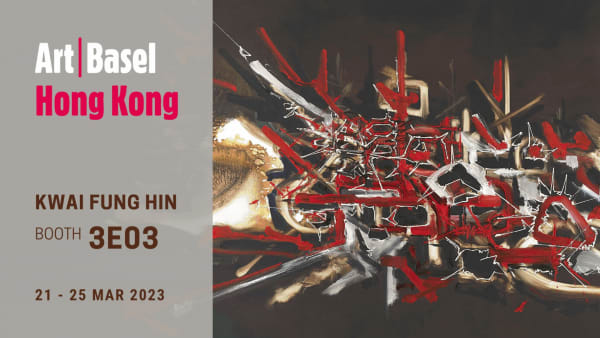
Booth 3E03 丨 ART BASEL HONG KONG 2023
21 - 25 Mar 2023Kwai Fung Hin is delighted to participate in the 2023 edition of Art Basel Hong Kong with a selection of important works by modern and contemporary artists.Read more -

Booth BI06 丨 Art SG 2023
11 - 15 Jan 2023Kwai Fung Hin Art Gallery's presentation at ART SG unites eight preeminent artists, Ziad Dalloul, Piero Dorazio, Li Huayi, Lalan, Georges Mathieu, Nicolas Party, Xue Song and Jonas Wood.Read more -
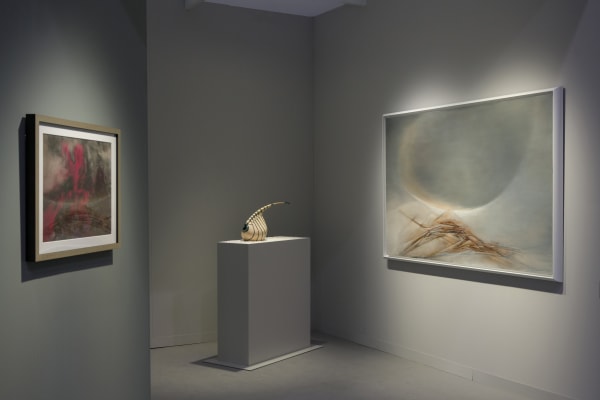
Booth 1B26丨Art Basel Hong Kong 2022
25 - 29 May 2022Read more
